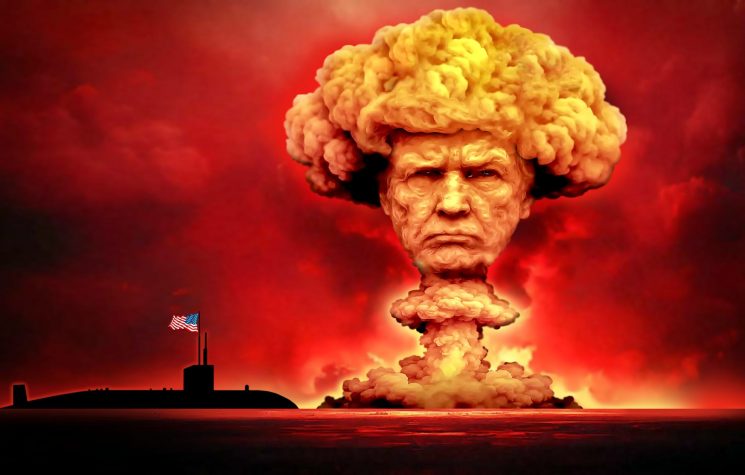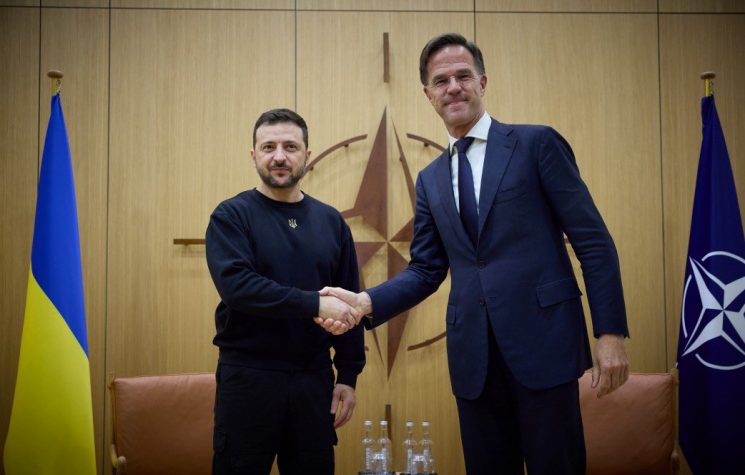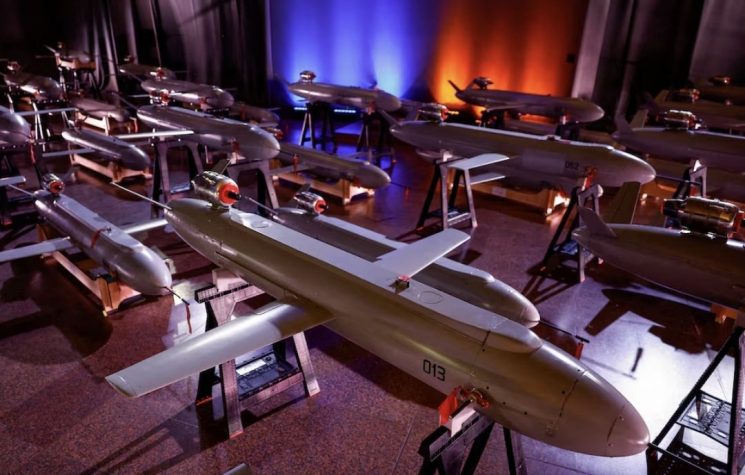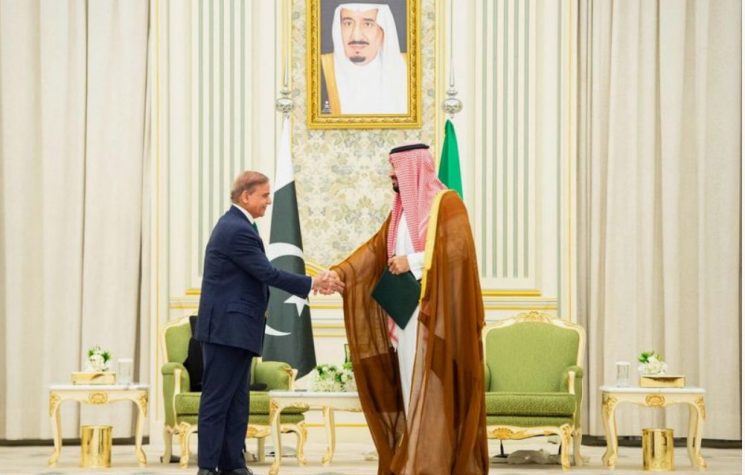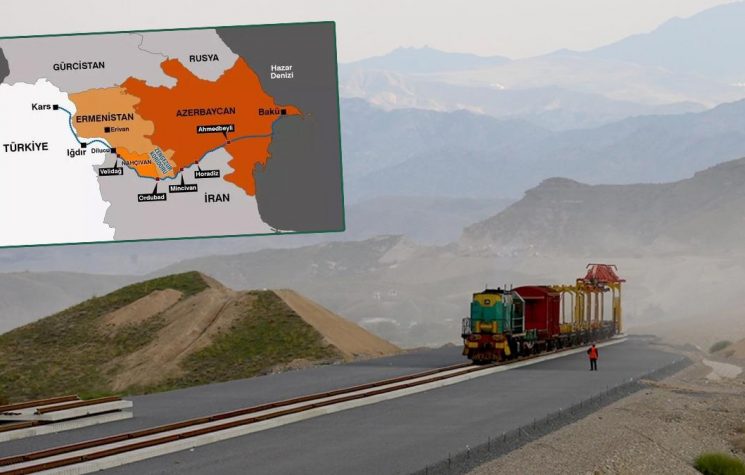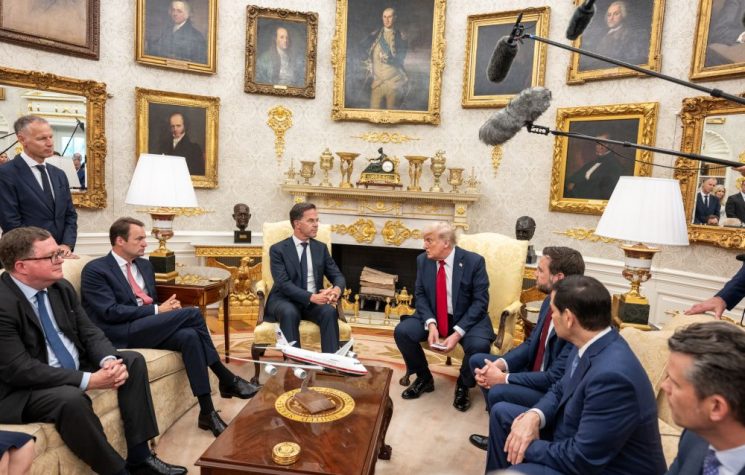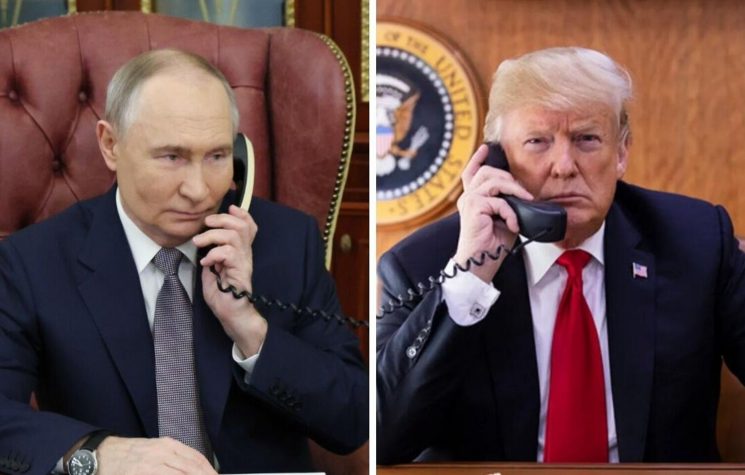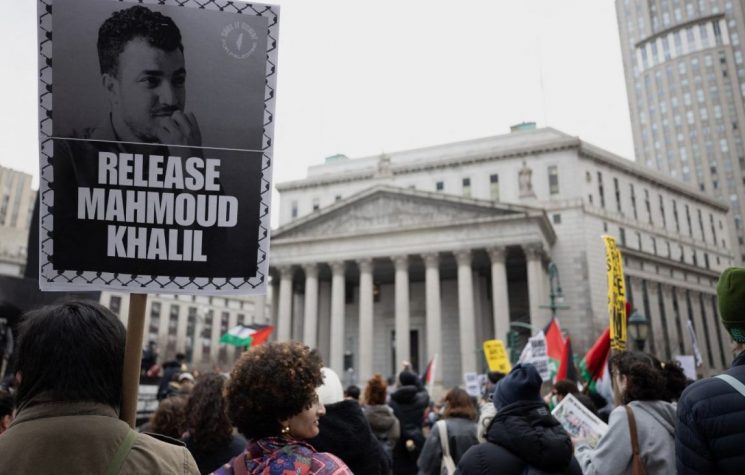The North Atlantic Treaty Organisation, Nato, was formed in 1949 by twelve nations led by the United States and with the Latin motto Animus in consulendo liber, meaning “a mind unfettered in deliberation.” It is a bizarre slogan in this day and age, because if ever an organisation had a collective mind in shackles it is the U.S.-Nato military alliance that, from its palatial billion dollar headquarters building in Brussels, is determined, amongst other things, as stated by Secretary General Jens Stoltenberg on October 21, to “Ensure our nuclear deterrent remains safe, secure and effective.”
Nato’s major contribution to world peace and to the security of Europe would be to remove all U.S. nuclear weapons from the European continent.
Stoltenberg speaks of “Russian intimidation of its neighbours” and stressed that NATO’s response to the non-existent threat from Russia is with “most intensive strengthening defences since the Cold War period.” He claims that “We don’t seek confrontation with Russia. We do not seek a new Cold War” — but then supports U.S.-led massive military manoeuvres and coat-trailing spy-plane missions along Russia’s borders. He increases the numbers of troops to be permanently based in countries close to Russia’s borders because he champions “enhancement” of “our forward presence in the eastern part of our alliance.”
“Forward presence”? — The U.S. official definition of “forward presence” is “maintaining forward-deployed or stationed forces overseas to demonstrate national resolve, strengthen alliances, dissuade potential adversaries, and enhance the ability to respond quickly to contingencies.” In other words — getting ready to wage war.
Concurrent with dissolution of the Soviet Union in 1991, the Warsaw Pact military alliance came to an end. It would have been sensible to disband Nato, but this was not to be. In its search to justify its continuing existence, Nato expanded eastwards, menacing Russia.
In 1997, before enlargement began, Norman Markowitz of Rutgers University wrote that “NATO expansion may be seen not as the beginning of a new era, but as the continuation of cold war policies and relationships” but his warning, as with that of other analysts, fell on the ears of those who were shackled by their determination to expand and dominate militarily.
1999 was crunch year, and although there was not the slightest threat from anywhere to any country in Europe, Nato asked Poland, Hungary and the Czech Republic to join. Then in 2004 came Bulgaria, Estonia, Latvia, Lithuania, Romania, Slovakia and Slovenia. In this flagrant surge in net-drawing round Russia’s borders, Albania and Croatia were added in 2009. Nato notes that “At the 2008 Bucharest Summit we agreed that Georgia will become a member of Nato and we reaffirm all elements of that decision, as well as subsequent decisions.” With the addition of North Macedonia in March 2020 Nato’s numbers reached thirty, and although its military strength increased by only 8,000, there was a clear message that movement towards Russia was not going to stop.
Why did the U.S. want all these countries to join Nato? Russia is no threat to any of them and was indeed endeavouring to expand trade relations with its neighbours and throughout Europe. But Russia could present an economic threat to the U.S., especially as it was prospering through its cooperation with the European Union in provision of gas, oil and coal. And it was possible that this cooperation could result in a very much wider economic union : that of Russia with greater Europe.
A prosperous Russia, growing in economic influence and seeking wider commercial markets in order to achieve its objective of improvement in the national standard of living, is obviously desirable, but Washington considered, and still considers, that any country striving to expand economically presents a threat to the U.S.
So Nato re-invented itself at the bidding of Washington and launched “a new mission: extending peace through the strategic projection of security. . . This is not a mission of choice, but of necessity. The Allies neither invented nor desired it.” Well : just who did desire and invent it? And how does any military alliance extend peace by projecting menace?
Nato’s members “undertake, as set forth in the Charter of the United Nations, to settle any international dispute in which they may be involved by peaceful means in such a manner that international peace and security and justice are not endangered.” But right now they are engaging in provocative military confrontation that could hazard world peace.
Making Europe safe again depends on the resolve of Europe’s leaders to accept the fact that Russia has no intention of attacking any country. This is always automatically refuted by those who affect to believe that the bloodless accession of Crimea to Russia in 2014, supported by the vast majority of the population, was precursor to the rolling westward of the mighty Russian war machine. The plain fact is that if Russia wanted to take over Ukraine or any of the Baltic States (for example) it could do so in a matter of days. But it doesn’t want to do this, if only because it would be economically disastrous to engage in such action.
And in addition to accepting this obvious fact, it would be good idea for Europe’s leaders to reduce tension by insisting that the U.S. remove its stores of nuclear weapons from the European Continent. Last July the Washington Post headlined “Secret locations of U.S. nuclear weapons in Europe accidentally included in report from NATO parliament” which was interesting, although their presence was already well-known to those who didn’t have their heads in the sand. In 2010 Wikileaks published a memo from the U.S. ambassador in the Netherlands that made it clear that nuclear weapons were stored all over the continent.
It was reported that “according to a copy of the document published by Belgian newspaper De Morgen… “These bombs are stored at six U.S. and European bases — Kleine Brogel in Belgium, Büchel in Germany, Aviano and Ghedi-Torre in Italy, Volkel in The Netherlands, and Incirlik in Turkey.” And the Post went on to observe that “The presence of the weapons derived from an agreement reached in the 1960s and is in many ways a relic of the Cold War era — designed not only to act as deterrence to the nuclear armed-Soviet Union, but also to convince countries that they didn’t need their own nuclear weapons program.”
The “presence” of U.S. nuclear bombs in Europe exemplifies the U.S.-Nato doctrine of “strategic projection” in the new Cold War against Russia and although the weapons are themselves of little military significance (given the vast arsenal of other nuclear delivery systems), they represent deliberate provocation which the world could do without. The bombs should be withdrawn, with appropriate publicity and ceremony, as part of a drive for establishment of mutual confidence. It would be a significant step towards Making Europe Safe Again.












